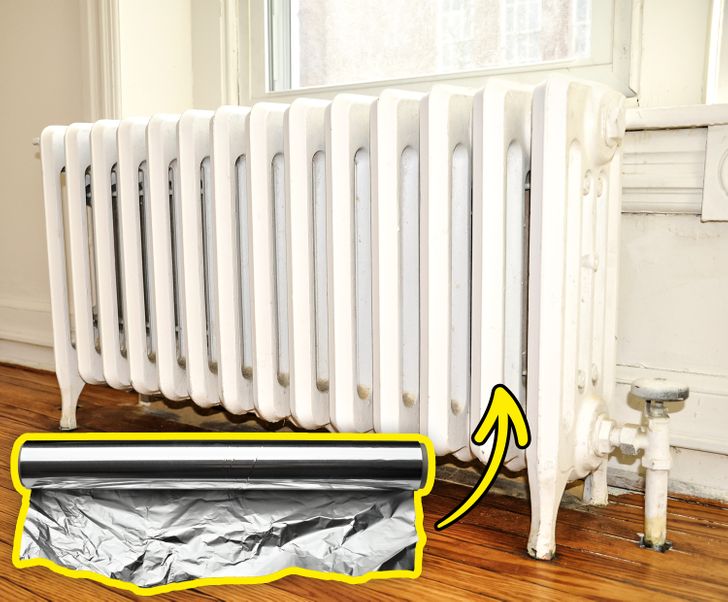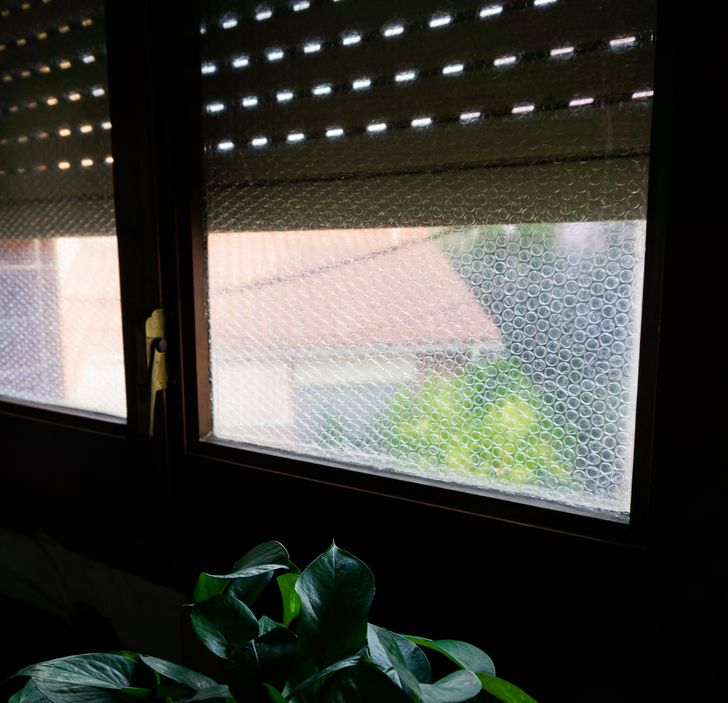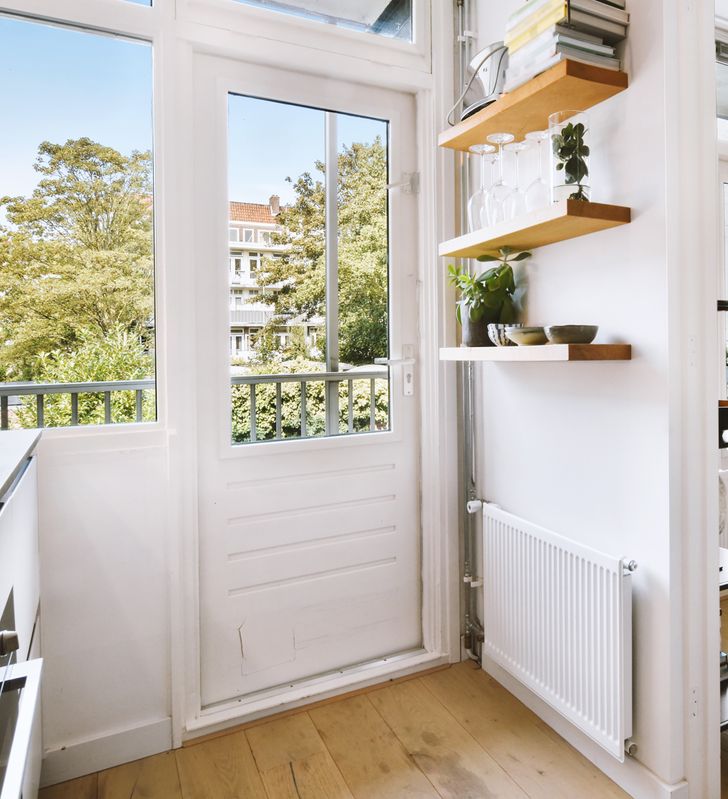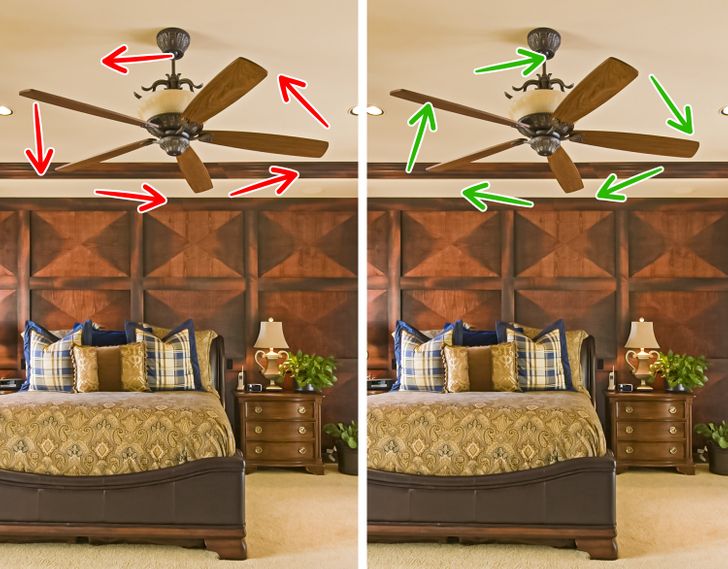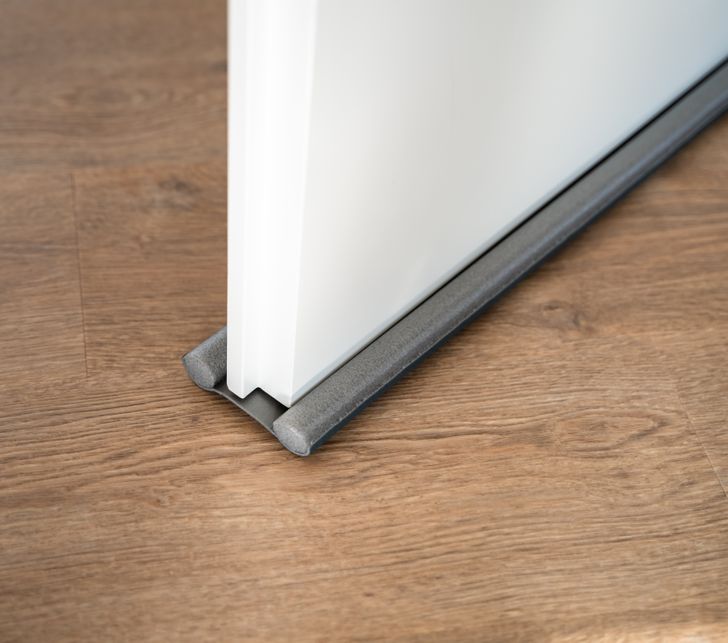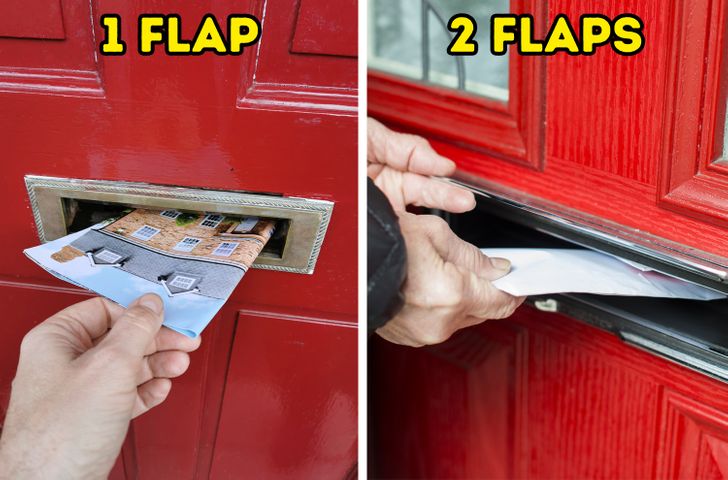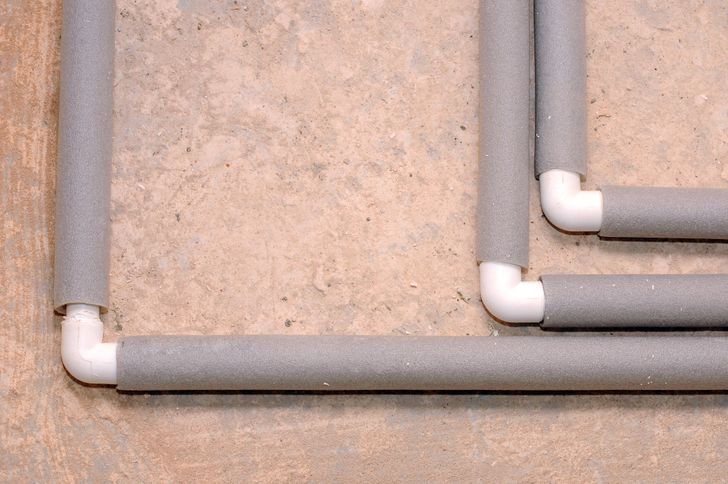hiiiiiiiiiiiiiiiiiiiiiiiiiiiiiiiiiiiiiiiiiiiiiiiiiiiiiiiiiiiiiiiiiiiiiiiiiiiiiiiiiiiiiiiiiiiiiiiiiiii
8 Ways to Keep Your House Warm During Cold Days While Saving Money
Things like aluminum foil and bubble wrap are used for a variety of purposes, but certainly not for keeping heat inside the house. Well, your view on them will change once you read about how they can heat-proof your house. And it’s not just them that can trap heat, but also a few other methods that don’t require you to spend an entire paycheck.
Bright Side has 8 useful and not fully conventional tips that can maintain the warmth in your house.
1. Cover the floor with carpets.
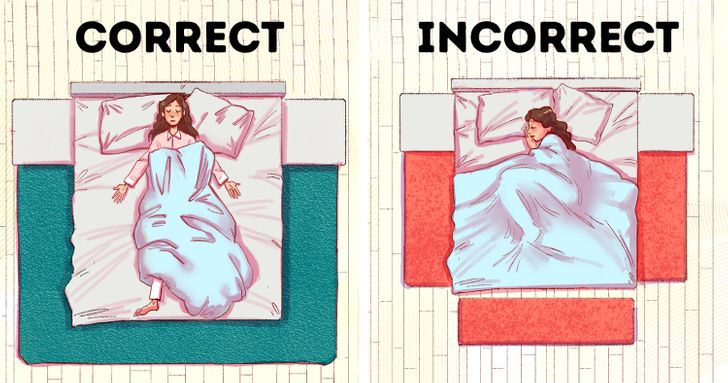
Carpets are as good as fiberglass when it comes to thermal insulation and ten times better than the floor itself. They can reduce energy costs and therefore greenhouse gas emissions since they trap the heat inside. It is best if a room can be carpeted from wall to wall so that the loss is as little as possible. Not only that, but fuzzy rugs make you and your feet feel warmer which will keep you from increasing your thermostat.
2. Put aluminum foil behind the radiators.
Radiators attached to external walls can often result in heat being lost through these walls. One clever way to battle this is by applying aluminum foil behind the radiators so the heat is being pushed back to your room. You can use the foil you have in your kitchen only if it is of very good quality. If not, you can buy a foil specially made for this purpose for under $10.
3. Put plastic bubble wrap on the windows.
Windows are indeed one of the biggest sources of heat loss and bubble wrap can easily put a stop to that. On a single-pane window, it can reduce heat loss up to 50%, and on a double-pane window up to 20%. All you need to apply your bubble wrap is a pair of scissors and a spray mister to stick the wrap on the window. It’s recommended that you buy wrap with larger bubbles since they will allow more light to get in your house.
4. Install shelves above your radiators.
If you have very tall ceilings or your radiator is placed under a window, a shelf will redirect the heat to your advantage. Instead of the heat going to the top of your ceiling, it will be hitting the shelf and changing direction. In the case where your radiator is below a window with long curtains, heat is usually trapped between the window and the curtains. However, if you install a small shelf you will manage to keep heat from being lost through the window.
5. Adjust the ceiling fans so they spin clockwise.
It is vital that you change the rotation of your ceiling fans from counterclockwise to clockwise during the cold months of the year. This will allow them to send the warmth trapped at the top back to you at the lower levels. This slight change can save you up to 10% in heating costs since your main heating will be working less. Let it be noted that you should turn the fan off if a room is unoccupied to save up energy.
6. Install a door sweep.
Sometimes we don’t realize how much heat is exiting our home through the bottom of the door. A door sweep is like a thin, long broom that you will need to install at the inside of your door. It is very cheap and easy to install and you can cut it based on the length of your door. You will only need 4-5 screws to nail to place and it will keep that cold breeze outside where it belongs.
7. Make sure your letterbox has a second flap or brushes.
The most efficient letterboxes are undeniably the ones that have 2 metal plates on both sides of the door and brushes in the middle. It’s not only about stopping letters but also about not letting the cold get in and the heat get out. And sometimes postmen will leave your mail hanging on the exterior plate, which means that the cold will have a way in. So, by installing the interior plate and the brushes, you will be adding another layer of protection towards the cold.
8. Wrap your pipes to prevent them from freezing.
Pipe sleeves, heat tape, and heat cables are some of the materials you can use to protect your pipes from breaking. And that’s a pretty normal thing to happen if the temperatures reach very low levels. We realize that this might be a bit too much for your budget, so in that case, you can do something else. Wrapping your pipes with something as simple as newspapers can prevent them from bursting.
Have you ever tried any of the methods above in order to heat-proof your home? What tips do you have to share with us?
Got some cool photos or stories and want to be featured on Bright Side? Send them all right HERE and right now. Meanwhile, we’re waiting!
Comments
Related Reads
20 Crazy Wedding Stories Guests Won’t Soon Forget

My MIL Called Me a Gold Digger—But My Revenge Was Served Cold

10 Dads Who Unexpectedly Embraced Their Daughters’ Partners

15 Eerie True Events That Break Every Rule of Reason

11 Stories of People Who Experienced a Glitch in the Matrix
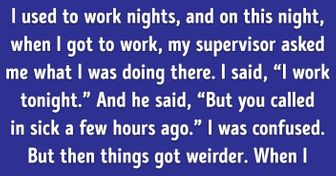
12 People Expose Deep Secrets and They’re Beyond Anyone’s Imagination

My Sister-in-Law Secretly Performed a DNA Test on My Toddler

15 Stories About a Little Lie That Spiraled Into a Major Issue

My MIL Constantly Intrudes on My Privacy — I Installed a Hidden Camera Only to Discover a Shocking Mystery

I Discovered That My Husband Has Been Cheating on Me — I Planned a Brutal Revenge

My DIL Broke My House Rules—I Made Her Face the Consequences

11 Real Concert Stories That Prove Anything Can Happen at a Show

